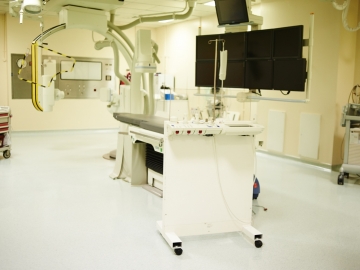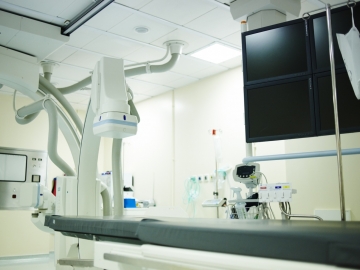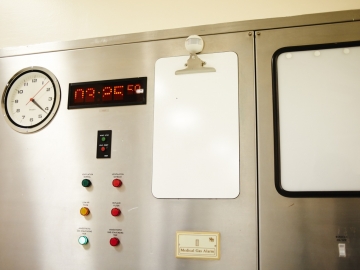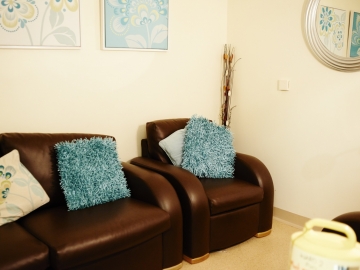Adult
- About
- Meet The Team
- Conditions
- Patient Feedback
- Making the most of your clinic appointment
- Your Appointment in Outpatients
- Easy Read Guide for Out Patients
- Cardiac Catheter
- Transoesophageal Echocardiogram
- MRI
- Surgery & "Top Tips" for coming into hospital
- Lifestyle Advice
- Exercise
- Heart Failure
- End of Life and Palliative Care
- Looking after your oral health
- Dentists Information Section: Dental care in adults at risk of Infective Endocarditis
- Yorkshire Regional Genetic Service
- Support
- Video Diaries
- Second Opinion
- Monitoring Results at Leeds Infirmary
- Professionals
Cardiac Catheter
-
Have a look at the Hybrid where our catheters and ablations are carried out.
-

-
Day case Cardiac Catheter Tests under Local Anaesthetic
Your cardiologist has listed you for a cardiac catheter test. Area gives you some information on what to expect.
How will I know when and where to come?
You will receive an appointment through the post, or will be telephoned by the secretary. It’s often not possible for us to give you more than a week or two notice of the date of your catheter test. The letter you receive will tell you which ward to come to. It should also tell you whether or not you can eat and drink as normal.

-
What happens when I arrive?
You will be given some information about the procedure and asked to sign the consent form.
We may need to take some blood, and a ‘cannula’ (small plastic tube) inserted into the vein in your hand or arm, to give medication if necessary.
You will be asked to put on a hospital gown and some paper pants. If you are anxious about having the test, sedation may be prescribed to help you relax. -

The procedure
When you are taken to the catheter lab, you will lie on the table, and attach you to some monitoring equipment. We clean the skin around your groin and the top of the leg will be injected with some local anaesthetic; this stings a bit, but soon goes numb. Tubes are put into the blood vessels at the top of your leg. Sometimes, particularly if you have had lots of catheters or operations in the past, the veins and arteries can be scarred and difficult to find. Occasionally we will need to use your other leg, your elbow, wrist or neck instead.
During the test, you can sometimes feel some extra heart beats, this is quite common. We inject dye into certain parts of your heart to take pictures. This sometimes gives you a hot flush and a funny taste in your mouth, but passes within a few seconds. Once we have all the measurements and pictures we need, the tubes will be removed from the top of your leg. We have to press hard, for about ten minutes, to stop the bleeding.
-
What are the potential risks of the procedure?
Having a cardiac catheter test involves having tubes passed into your heart, so there can be times when complications occur. Your cardiologist will discuss these in detail with you before you sign the consent form, but serious complications occur in less than 1 in 1000 cases. These include heart attack, stroke, kidney damage, death, severe allergic reaction to the dye or damage to the blood vessels in your leg or heart.
After the procedure
You need to lie flat and rest for a while. The nurses on the Ward will check the top of the leg regularly, for bleeding or bruises. You can get up slowly after a few hours, to make sure that you aren’t going to bleed from your leg. You will need to have something to eat and drink, and pass urine before you go home, so we know you have recovered from the procedure.
What about going home?
You can usually go home the same day, although it can be quite late in the evening. You will need someone to collect you, and to stay with you overnight.
How will I feel afterwards?
Most people feel a little bit tired afterwards. There is sometimes a little soreness and bruising at the top of your leg, but this soon passes. Most people can go back to work after 1 – 3 days depending on your job, and you can drive after a week – sooner if we only use the vein (ask us before you go).
.
-

Do I get the results immediately?
We will usually be able to give you some idea about what we found on the day of the procedure. Often your case will need to be discussed in our case conference with our surgeons and other cardiologists before we make any firm plans. We will then write and inform you of any decisions recommended as part of your treatment
If you have more questions about the procedure, please contact your cardiologist or the Nurse Specialists Tel. 0113 392 8154
